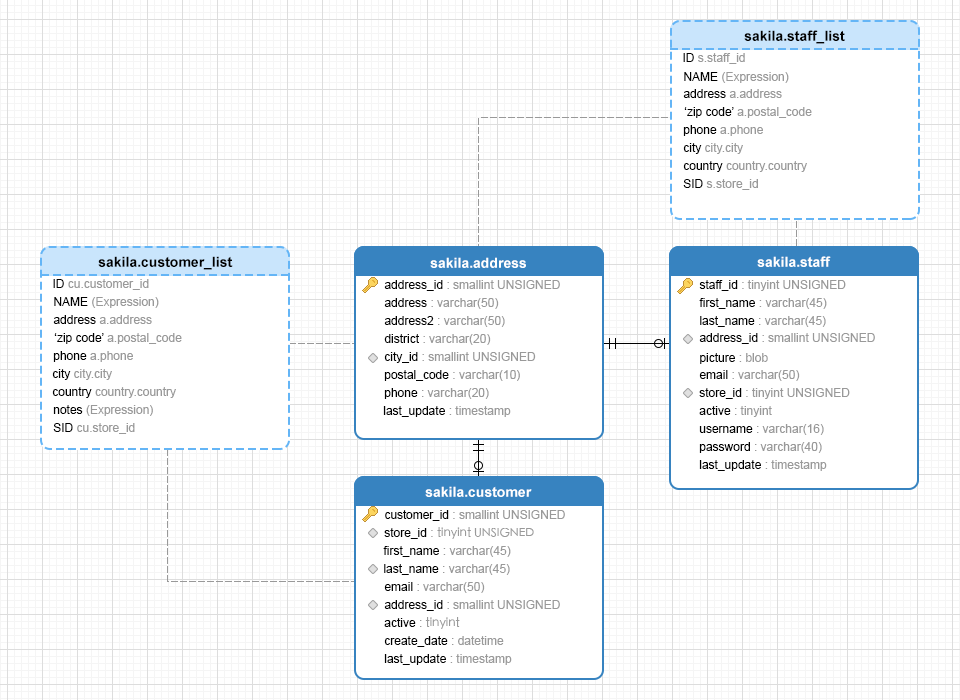
With Hevo’s wide variety of connectors and blazing-fast Data Pipelines, you can extract & model data from 100+ Data Sources straight into your Data Warehouse, Database, or any destination. Hevo Data, a fully-managed Data Modeling solution, can help you automate your Data Modeling process in a few clicks. They are less abstract and give more information on the concepts and relationships in the domain. For example, data warehouse design or reporting system development. Logical: Logical data models are beneficial in highly procedural implementation contexts or for applications that are data-oriented by nature.As a result, these models are the least abstract of the bunch. Physical data models usually define the format in which data will be physically stored in a database. Physical: Physical data models might incorporate attributes related to a database management system (DBMS), such as performance tuning.Conceptual: They’re also known as domain models and provide a bigger perspective of the system’s contents – how the data will be organized and which business rules will be involved.The different types of Data Models are listed below:

Types of Data Modelsĭata models are classified into three types – conceptual, logical, and physical models – based on the level of abstraction. Data models may be included in the design of a new system or altered in existing systems. To meet the demands of businesses, rules and requirements of data models have been developed ahead of time-based on feedback from business stakeholders. The purpose is to show how various types of data are stored in the system, the links between them, and how the data may be categorized and arranged.

#Navicat data modeler model type how to#


 0 kommentar(er)
0 kommentar(er)
